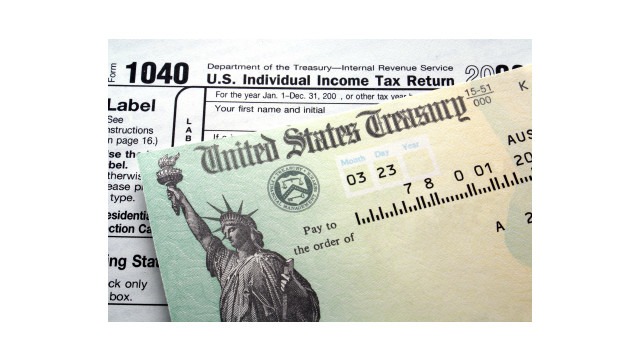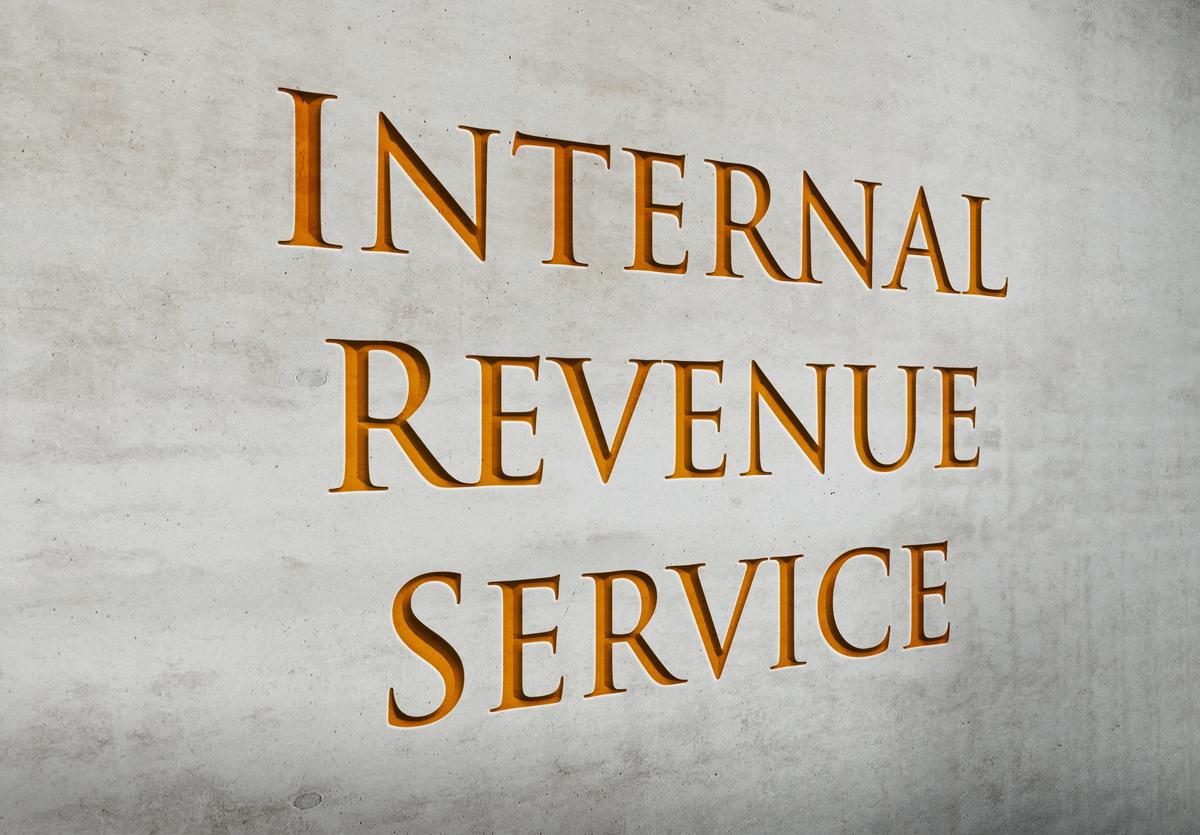For many taxpayers, the medical expensive deduction is an elusive prey they fail to capture virtually every year, due to the adjusted gross income (AGI) threshold. But are you counting all the qualified expenses you incur? This year, make sure you add in the qualified expenses you pay on behalf of someone that meets the tax law requirements as a dependent, even if they’re not part of your immediate family.
Background: Currently, you can deduct unreimbursed medical expenses in excess of 7.5% of your AGI, down from 10% of AGI, if you itemize deductions. The medical expense deduction threshold had see-sawed back and forth for several years between 10% and 7.5% of AGI, but recent legislation made the lower threshold a permanent part of the tax code, beginning in 2021.
Nevertheless, this deduction threshold remains daunting for most taxpayers. For example, if you have an annual AGI of $100,000 and incur $8,500 in qualified medical expenses, your deduction is limited to just $1,000. If you have $7,000 in qualified medical expenses, you get no deduction.
That’s why it’s important to count every dollar you can towards the medical deduction. Some extra here or there can put you over the top or increase an existing deduction. When you’re reviewing your records for the year, make sure to add up all the eligible costs you’ve paid.
Typically, you may claim a deduction based on qualified expenses you pay for yourself, your spouse and your children, like visits to a doctor, a dentist or the hospital. But the tax law also allows you to write off amounts paid for a dependent such as an elderly relative.
Under prior law for claiming a dependency exemption for a relative, you had to provide more than half of their support and they could not have more than the personal exemption amount in gross taxable income. (Dependency exemptions are suspended for 2018-2025.) However, for medical deduction purposes, the IRS says in Pub. 502 (Medical and Dental Expenses) that you don’t have to pass the “gross income” part of the test.
Example: Mom receives $10,000 in Social Security benefits and $6,000 of taxable investment income a year. Since you give her $1,500 a month for rent—an annual total of $18,000— you will provide more than half of her support for the year ($18,000 vs. $16,000). So you can count the medical expenses you pay for Mom as your own even though you she technically doesn’t meet the tax law definition of a dependent, due to the gross income limit.
In this scenario, Mom can’t deduct her medical expenses on her own personal return. But she probably doesn’t qualify anyway and the deduction may be worth more to you in your high tax bracket than it is to her. Bottom Line: Use some common sense in these situations.
Thanks for reading CPA Practice Advisor!
Subscribe Already registered? Log In
Need more information? Read the FAQs
Tags: Benefits, Income Taxes, Taxes





